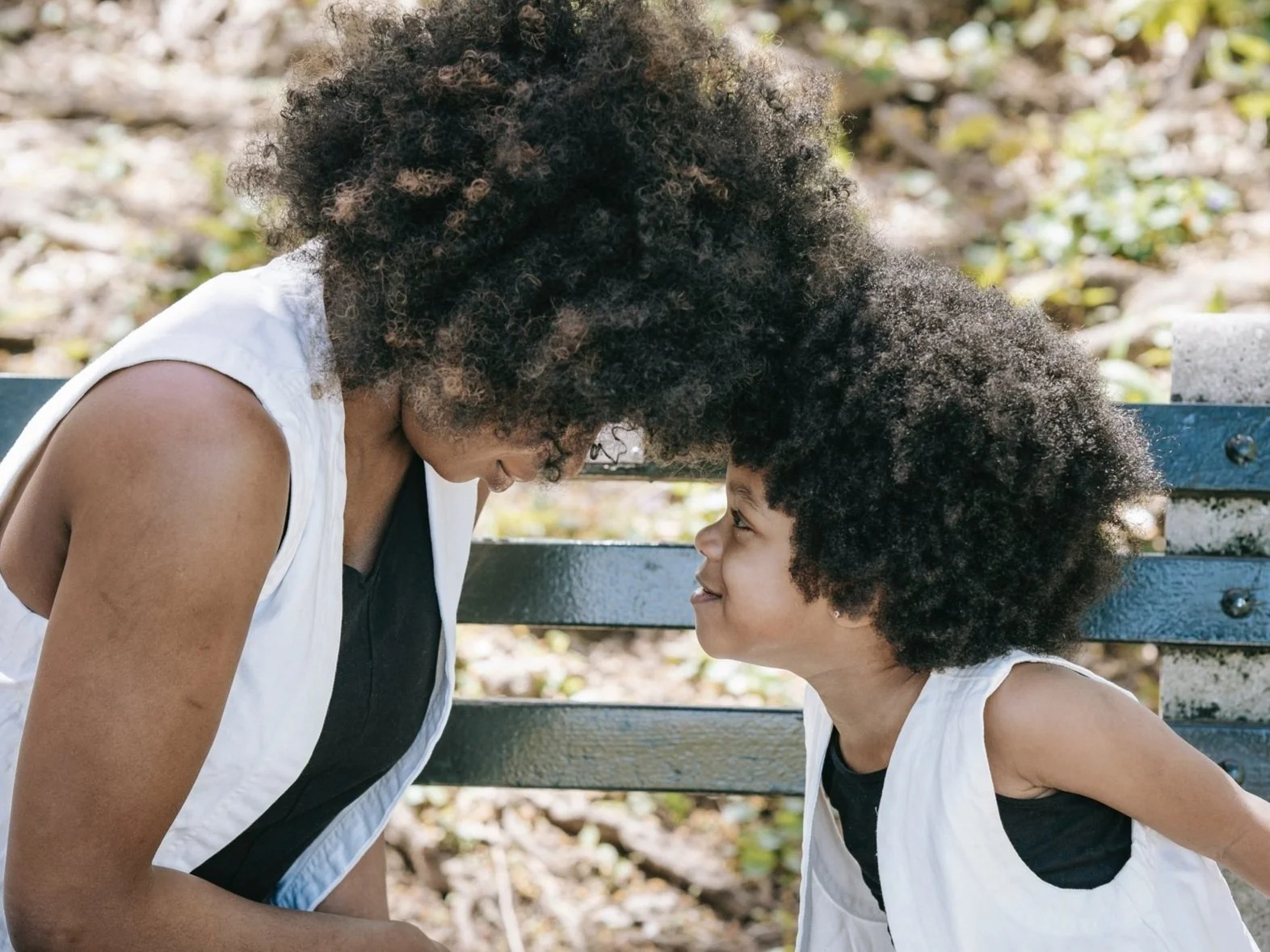Inner Child Pt 2: Dialoguing
In an earlier post I introduced the inner child, but today I’d like to explore actively communicating with your inner child as a powerful practice for self-healing.
Inner child in a nutshell: when something overwhelming happens to you as a child, the sensations and emotions get smooshed together with other aspects of being a child (feeling young and helpless for example) and this whole package is kept separate from your conscious experience, like a time capsule. As an adult you are largely unaware of this process until you get “triggered” by something that reminds you of the time capsule— at which point all of the childish feelings and intensity show up all at once.
There is no actual child inside your brain, of course, but because the human mind uses concepts and stories to interpret experience, you can interact as if there is indeed a child in your mind that needs help from you— adult you, the one who is not trapped in the capsule.
This means it’s possible to reach and relieve the child in that time capsule, that you can be both comforted and comforting at the same time.
In Healing Work sessions, we access the inner child by tuning into body sensations, usually stressful ones. When you pay attention that tightness in your chest, that unease or dread, or the anxiety you can’t quite place, you’re asking, “Is there a child trapped in here?” When asked in an openhearted way, the inner child (who I call the “little one”) can respond and reveal what’s in the time capsule.
It is possible to engage with the little one in much the same way you would with any child, by asking gentle questions, sending encouragement, and (importantly) not trying to get them to change or do something different. The only way this works is if you are curious and interested in what the child ACTUALLY feels, not how you would like them to feel.
This is a powerful healing technique that I use every day with clients, but it can also be a practice. Here are some ways to do it:
Several times a day, pause and check in with the little one. Silently or out loud, ask, “How are you doing, little one? Do you have anything to share?” Maintain openhearted curiosity while you wait for an answer. The answer, if there is one, is likely to show up in bodily sensations more than words. Importantly, don’t argue or try to change anything the child shares.
Invite the little one into your lap for some care. Tune into your body sensations to assess how the little one is doing. You may feel a sense of warmth or relief as the child trusts you and melts into the care you’re providing, or you may feel a sense of unease as the child struggles with wanting but not fully trusting your love and attention. The little one may have a full-on tearful outburst. As much as possible, allow whatever comes. The key is to be okay with anything the little one feels.
**Important note: there are times when the little one wants to behave in inappropriate ways — maybe she wants to tear apart your room or go strangle someone— in this case you let the feelings move without enacting the behavior. You might instead say, “I’m SO ANGRY I WANT TO RIP APART THIS ROOM!” etc. It can be helpful to twist and pull at a towel or pillow, but I don’t recommend anything more aggressive or destructive than this. Remember this is a dialogue, not a full-body inner child takeover.Take the little one for a walk. I like to go to the ocean or the woods — I make sure I’m alone and then as I stroll, I talk to my little one.
All three of these strategies do the same thing - they give room for the little one to share, and they support and encourage the little one, no matter what.
I practice this most days. I might open with, “What kind of a day was it for you?” and then I let the little one answer using my voice. She says things like, “Everyone is mean to me,” (this is a well-worn favorite!). I might then say, “Oh, that sounds painful. Are you sad?” Note that I do not argue with her. She often nods at this. A lot of times she cries. When this happens, I wrap my arms around my body, hugging her/me and letting the tears move. Eventually she loses interest in the sadness. Just like a child who has had enough comfort from Mom, my little one’s brightness returns along with warm, relaxed sensations and then POOF! She is gone and I’m back to feeling fully adult.
This practice takes time to develop because most of us were taught to move away from our vulnerability, not toward it. Gentle, curious, loving patience will guide you as you learn.
Even though it takes time and patience, there is a little one who is really hoping you’ll try.
Good luck! ♥ Reach out if you want some support with this.

